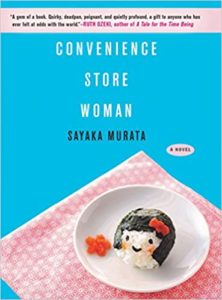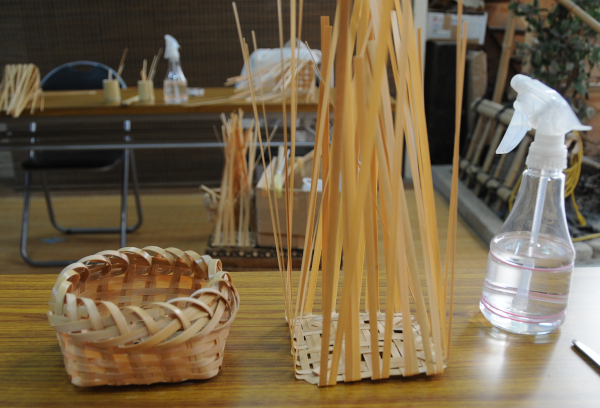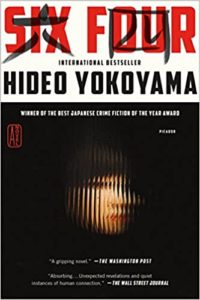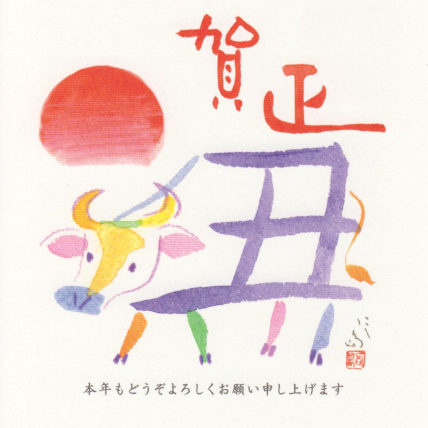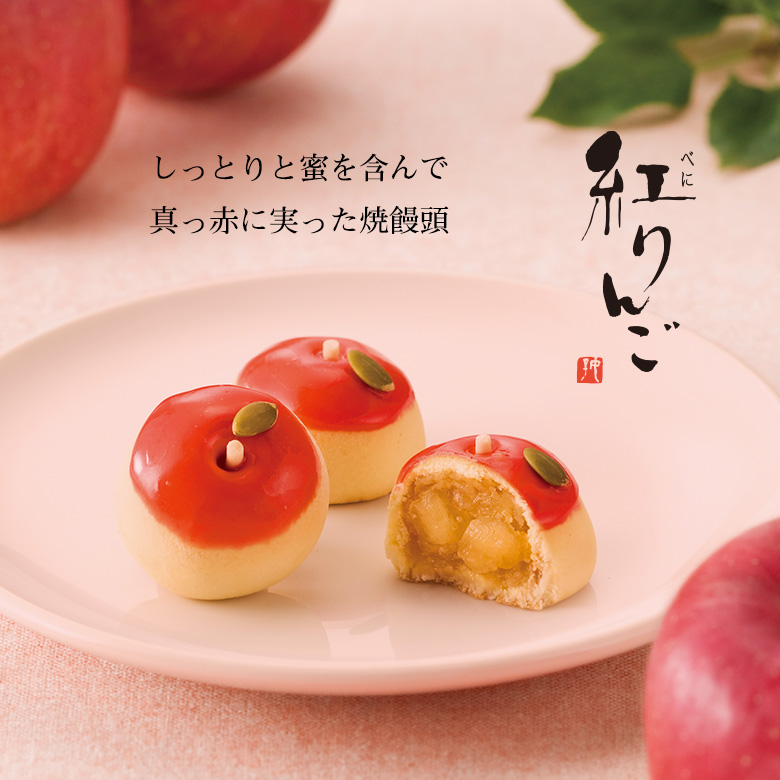It may seem weird, but in Japan, it’s not all about winning. It’s more about having the right fighting spirit. The ubiquitous cry “ganbatte” does not so much spur you on to win, but merely prompts you to do your best. And as long as you do that, and don’t give up, you can even make the headlines of national media. It helps if you’re a horse though.
Japan’s best-known loser is Haru Urara, “Glorious Spring”, a horse born on a farm in Hokkaido in 1996. Although she had famous racehorses in her pedigree, she didn’t sell, so the owner decided to keep and train her himself. Her first race was in 1998 in Kochi, Shikoku, where she came in 5th place. That’s no unusual for a beginner, and somebody has to be last after all, so, Haru Urara went on racing.
And she lost in the next race too. And in the race afterwards. And then again. In the next 4.5 years, where she steadily ran races about twice a week, Haru Urara collected loss after loss. She wasn’t always last, mind you, but she never made it to the top of the field at the finish line.
In 2003, a local news reporter picked up the story and Haru Urara, the constant loser in the pink Hello Kitty facemask became an instant media sensation. After Japan’s “lost decade” with record unemployment and the economy in a deep hole, people were immediately drawn to the horse that never gave up.
More and more people came to see her races, and Haru Urara was soon called “the shining star of losers everywhere”. Her losing tickets were stamped with “ataranai” and placed behind car windshields as a lucky charm, the term not only meaning “to lose a bet”, but also “to avoid being struck”. Fans could buy t-shirts, toys and other merchandise, and her fame even reached the prime minister, Junichiro Koizumi, who said “I’d like to see Haru Urara win, even just once. The horse is a good example of not giving up in the face of defeat.”
But her biggest race was yet to come. On March 22, 2004, she was set to run on her home racetrack in Kochi. At the height of her fame, Japan’s #1 jockey Yutaka Take had agreed to ride her on that day, and with 3000 won races, it was certainly possible that with him, Haru Urara could achieve her very first win.
On the day, Kochi racetrack was packed with 13,000 spectators, many of whom lined up hours before the track opened. A special booth was set up, selling “Haru Urara Commemorative Tickets, and people placed bets of 121,751,200 yen (more than 1 million US$). Even international media were present to cover the race, and the sun came out just before Haru Urara was going onto the track for her 106th race.
It would be wonderful if I could tell you that Haru Urara beat all the odds and won that race. But she didn’t. She came in 10th place. The crowd was pleased nevertheless, again, it was more important that the horse hadn’t given up.
Haru Urara ran another seven races before she retired in August 2004 with a record of 0 wins to 113 losses. Her whereabouts were unknown for a while, but she was eventually found enjoying her retirement on a horsefarm in Chiba, where she is still visited and supported by fans. In 2019, a short film about her life was made, and I can heartily recommend it: (18:38)
So as you can see, it’s not necessarily about winning, as long as you don’t give up. Ganbatte!

